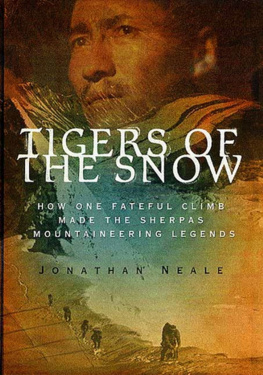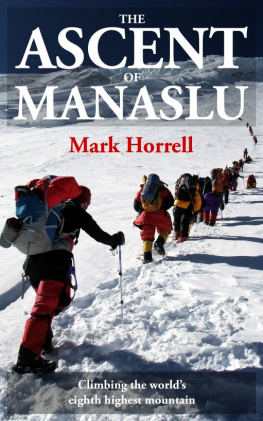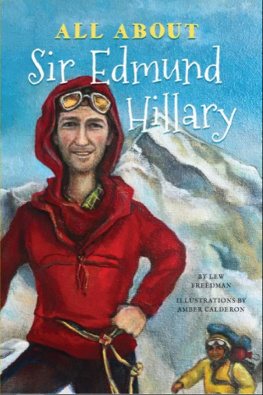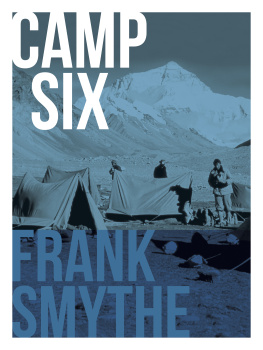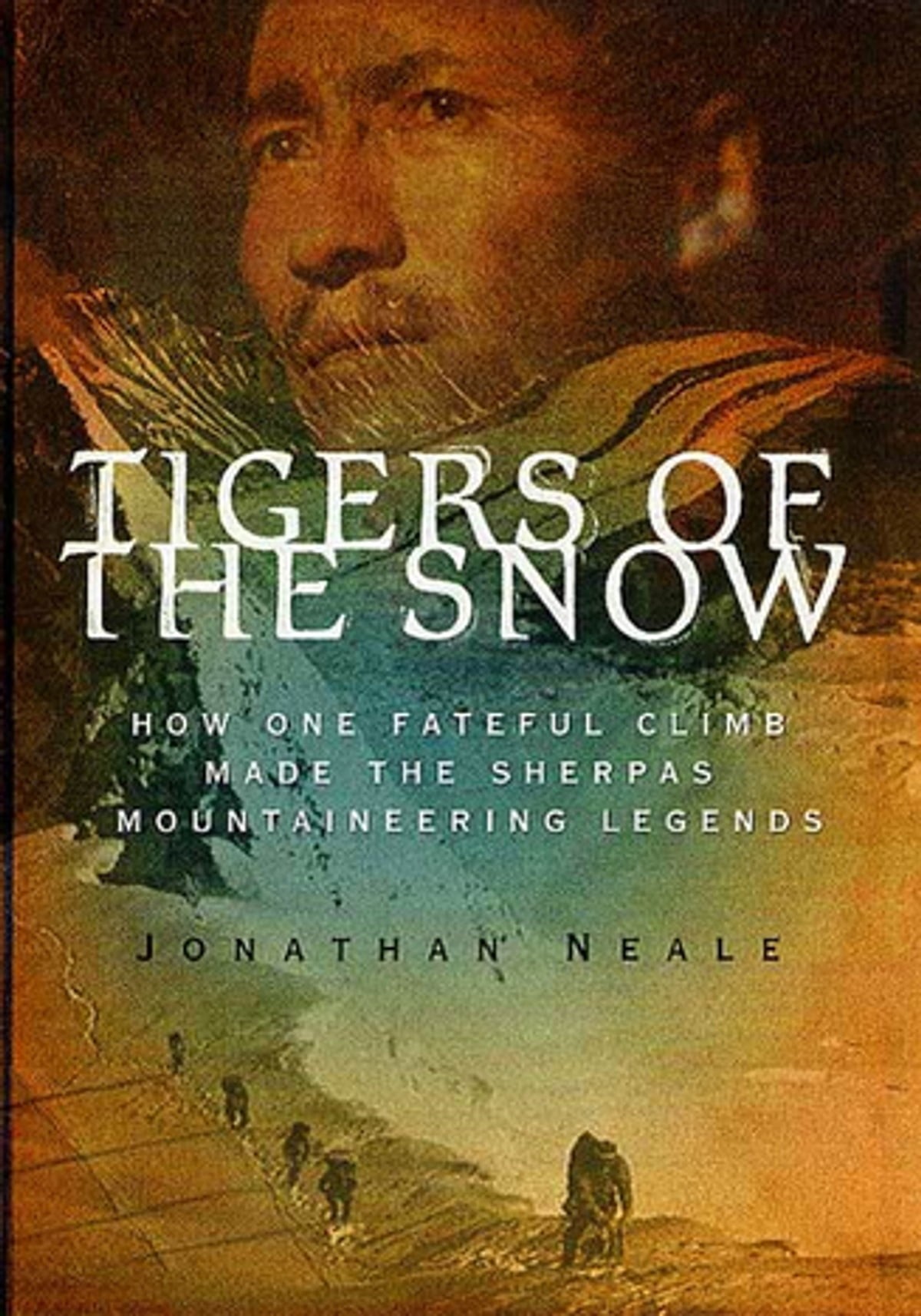Jonathan Neale - Tigers of the Snow: How One Fateful Climb Made The Sherpas Mountaineering Legends
Here you can read online Jonathan Neale - Tigers of the Snow: How One Fateful Climb Made The Sherpas Mountaineering Legends full text of the book (entire story) in english for free. Download pdf and epub, get meaning, cover and reviews about this ebook. year: 2002, publisher: Thomas Dunne Books, genre: Detective and thriller. Description of the work, (preface) as well as reviews are available. Best literature library LitArk.com created for fans of good reading and offers a wide selection of genres:
Romance novel
Science fiction
Adventure
Detective
Science
History
Home and family
Prose
Art
Politics
Computer
Non-fiction
Religion
Business
Children
Humor
Choose a favorite category and find really read worthwhile books. Enjoy immersion in the world of imagination, feel the emotions of the characters or learn something new for yourself, make an fascinating discovery.
- Book:Tigers of the Snow: How One Fateful Climb Made The Sherpas Mountaineering Legends
- Author:
- Publisher:Thomas Dunne Books
- Genre:
- Year:2002
- Rating:4 / 5
- Favourites:Add to favourites
- Your mark:
Tigers of the Snow: How One Fateful Climb Made The Sherpas Mountaineering Legends: summary, description and annotation
We offer to read an annotation, description, summary or preface (depends on what the author of the book "Tigers of the Snow: How One Fateful Climb Made The Sherpas Mountaineering Legends" wrote himself). If you haven't found the necessary information about the book — write in the comments, we will try to find it.
Tigers of the Snow is true story of the tragedy and survival on one of the worlds most dangerous mountains.
In 1922 Himalayan climbers were British gentlemen, and their Sherpa and Tibetan porters were coolies, unskilled and inexperienced casual laborers. By 1953 Sherpa Tenzing Norgay stood on the summit of Everest, and the coolies had become the Tigers of the Snow.
Jonathan Neales absorbing book is both a compelling history of the oft-forgotten heroes of mountaineering and a gripping account of the expedition that transformed the Sherpas into climbing legends. In 1934 a German-led team set off to climb the Himalayan peak of Nanga Parbat, the ninth highest mountain on earth. After a disastrous assault in 1895, no attempt had been made to conquer the mountain for thirty-nine years. The new Nazi government was determined to prove German physical superiority to the rest of the world. A heavily funded expedition was under pressure to deliver results. Like all climbers of the time, they did not really understand what altitude did to the human body. When a hurricane hit the leading party just short of the summit, the strongest German climbers headed down and left the weaker Germans and the Sherpas to die on the ridge. What happened in the next few days of death and fear changed forever how the Sherpa climbers thought of themselves. From that point on, they knew they were the decent and responsible people of the mountain.
Jonathan Neale interviewed many old Sherpa men and women, including Ang Tsering, the last man off Nanga Parbat alive in 1934. Impeccably researched and superbly written, Tigers of the Snow is the compelling narrative of a climb gone wrong, set against the mountaineering history of the early twentieth century, the haunting background of German politics in the 1930s, and the hardship and passion of life in the Sherpa valleys.
Jonathan Neale: author's other books
Who wrote Tigers of the Snow: How One Fateful Climb Made The Sherpas Mountaineering Legends? Find out the surname, the name of the author of the book and a list of all author's works by series.

